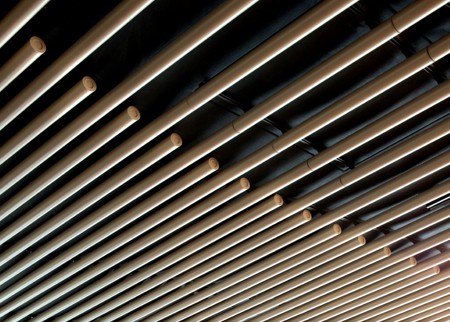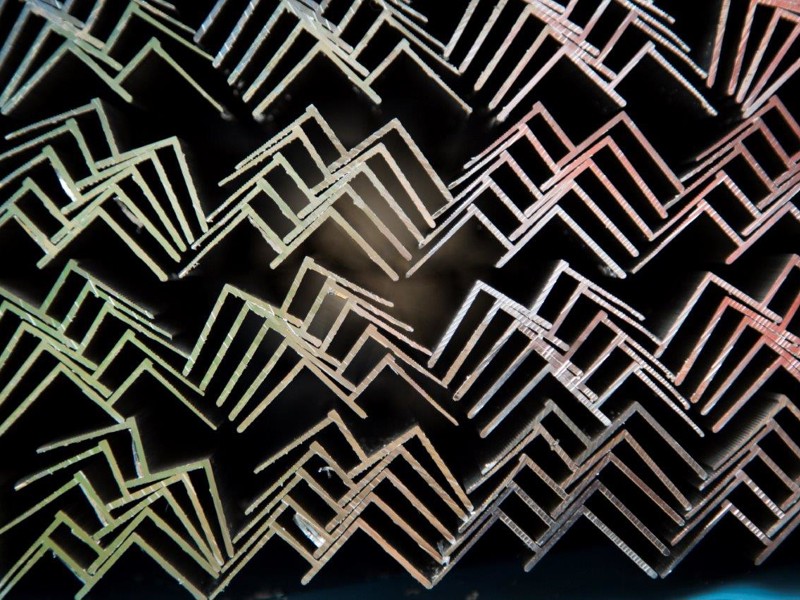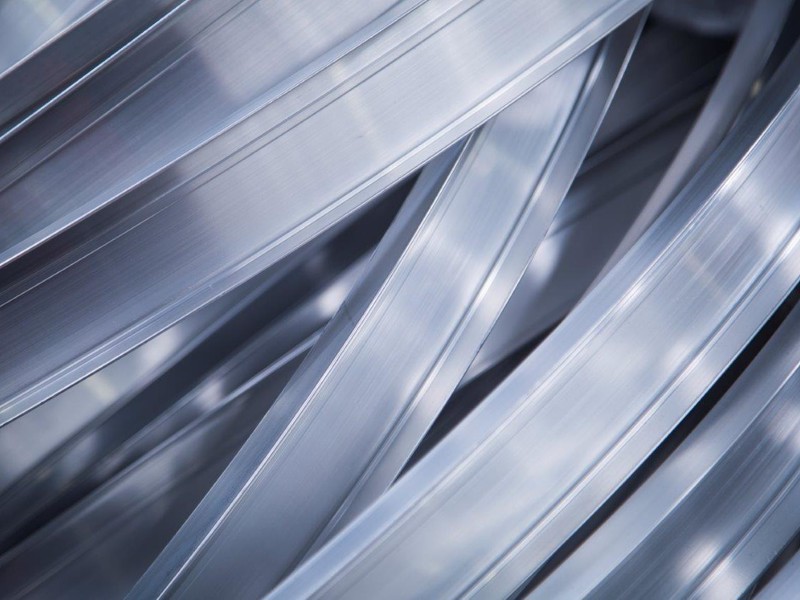Acoustics

SAS products offer market leading performance thanks to our in-depth knowledge of acoustics. Our range of ceilings, rafts, baffles and wall panels provide the highest levels of sound absorption and sound insulation available from systems of these types.
Perforated metal looks like a solid surface because most of the light is reflected, however this is not true for sound. Sound is a wave phenomenon which means that it can pass solid elements much like an on-shore wave behaves with respect to swimmers paddling in the shallows. Our deep understanding of these principles and careful consideration of perforation, mineral wool backing and air space, means that (for example) Class A absorption can be provided from a surface that is 97% metal.
We use advanced acoustic modelling techniques and in-house test facilities to develop new products and improve existing ones. An example of this is our System 610 raft – its unique geometric features result in more sound absorption than any other comparable product.
Our range of ceilings provide up to Class A sound absorption and ‘double pass’ sound insulation of 50dB, which is sufficient for almost any project. This control of sound transfer via the ceiling void is achieved using a solid element (plasterboard or steel plate) in the rear of the ceiling tile. Wall panels are similar to ceilings, but with a smaller air cavity. This reduced depth means that the low frequency sound absorption is less.
Apart from room ‘surfaces’, SAS offers a wide range of sound absorbing ‘objects’. Products such as baffles and rafts can offer excellent acoustic performance due to their double-sided area and presence of edges. However, in the case of baffles the low frequency sound absorption is less than a ceiling.
Our products have accredited laboratory data to demonstrate performance and we are able to offer accurate predictions for bespoke variations of our standard range.
Acoustics FAQ
It is a common misconception that perforated metal is a poor sound absorbing material, outperformed by alternatives such as mineral fibre. Through careful specification of the size and number of perforations, metal tiles with mineral wool infills offer sound absorption equal to or greater than other commonly specified materials.
The acoustic tests undertaken by SAS quantify the performance of the tiles, not the complete system. The reason for this is that it is unfeasible to test the multiplicious combinations of tile and suspension system. It is the perforation type, infill and cavity depth that govern the acoustic performance of a system – other variables have very little affect.
Most SAS systems are laboratory tested using a 400mm void depth. If other void depths are used then the sound absorption performance will change at the low frequencies. As the cavity depth decreases, so the low frequency limit of sound absorption increases. For example, the sound absorption at 800Hz associated with a 100mm cavity is the same as the absorption at 200Hz due to a 400mm cavity. The effect of not employing a cavity can be seen by considering the performance of a tile backed with plasterboard or a steel plate.
There are options for different border widths around the perforated tile area. Whilst a larger border will theoretically result in less sound absorption, the effect in practice is minimal.
Larger tiles provide greater sound absorption at low frequencies. This is because they exhibit lower stiffness and as such support flexural waves, also termed panel absorption.

